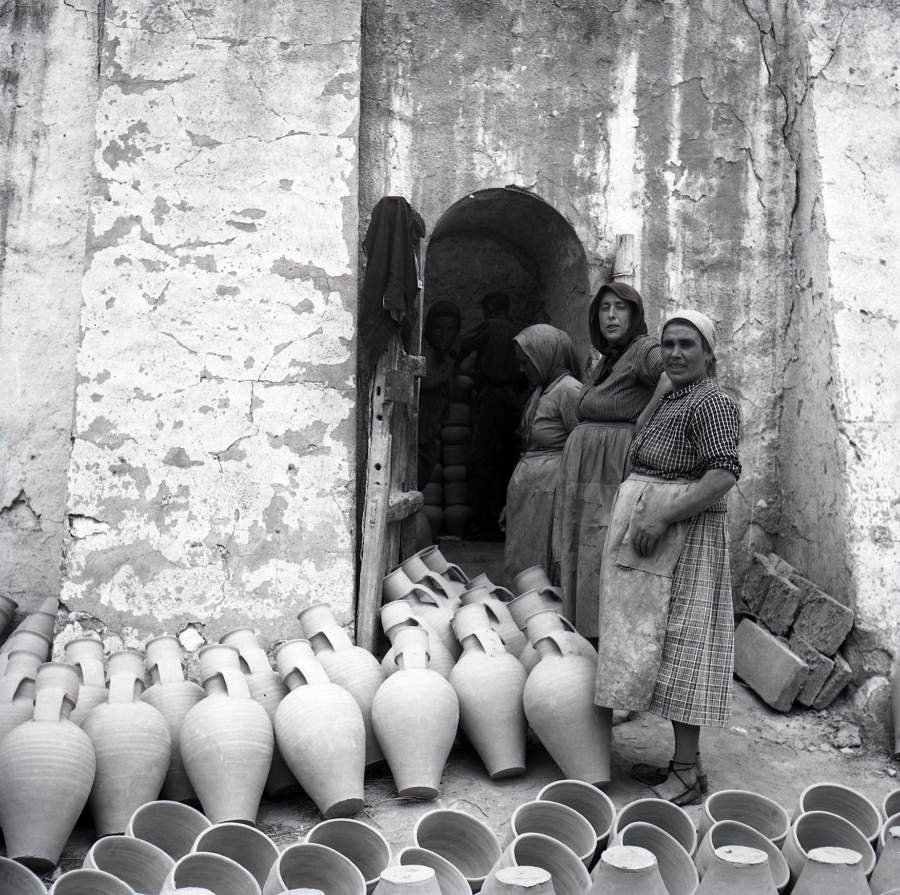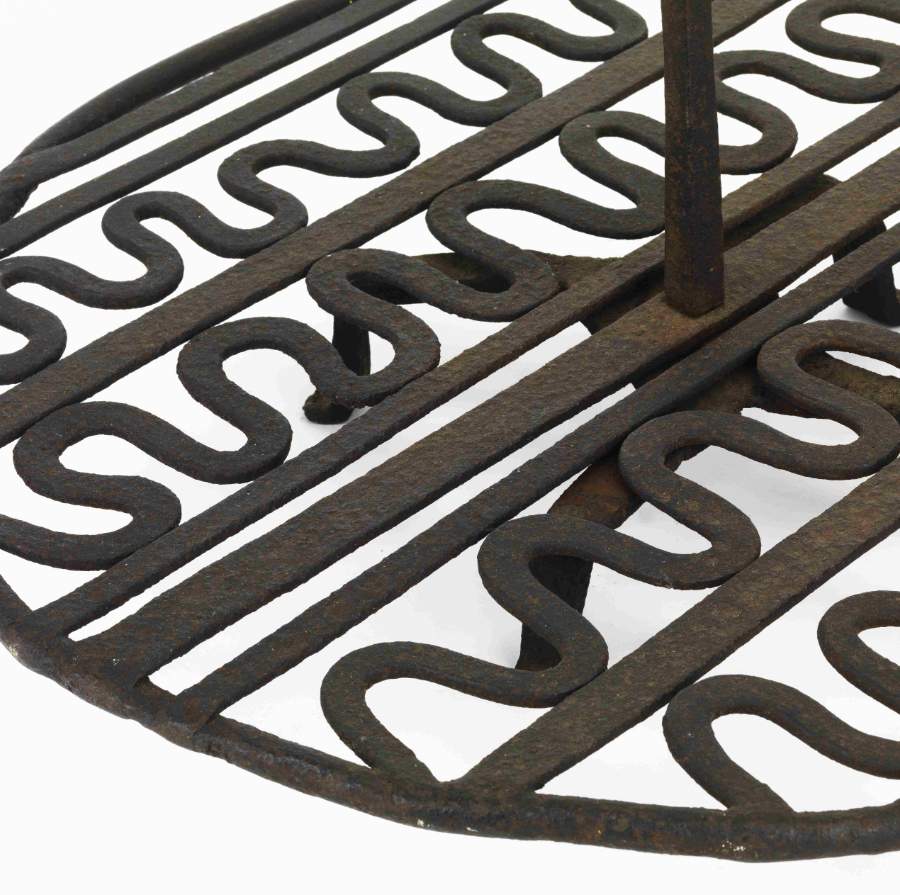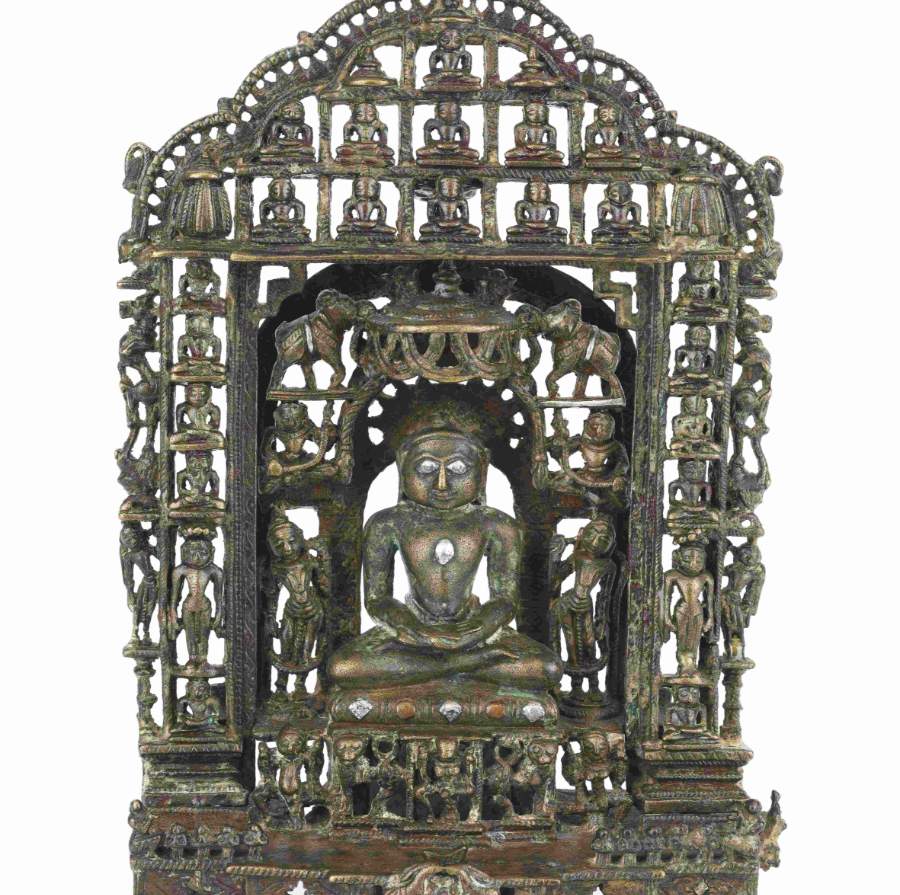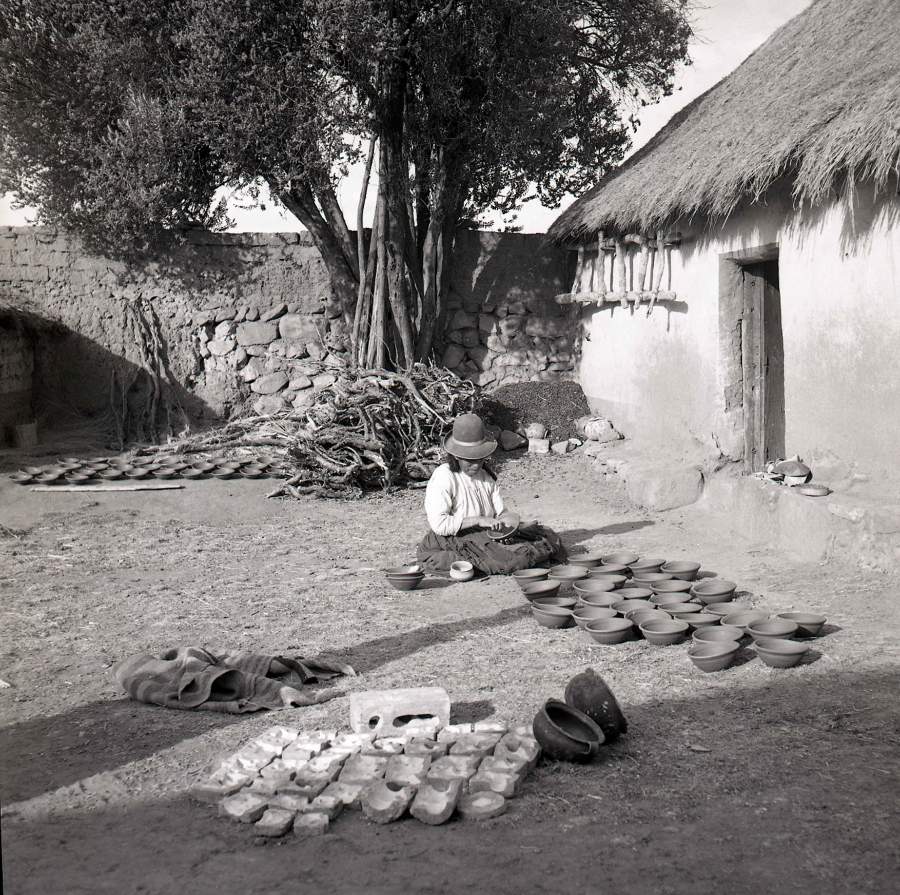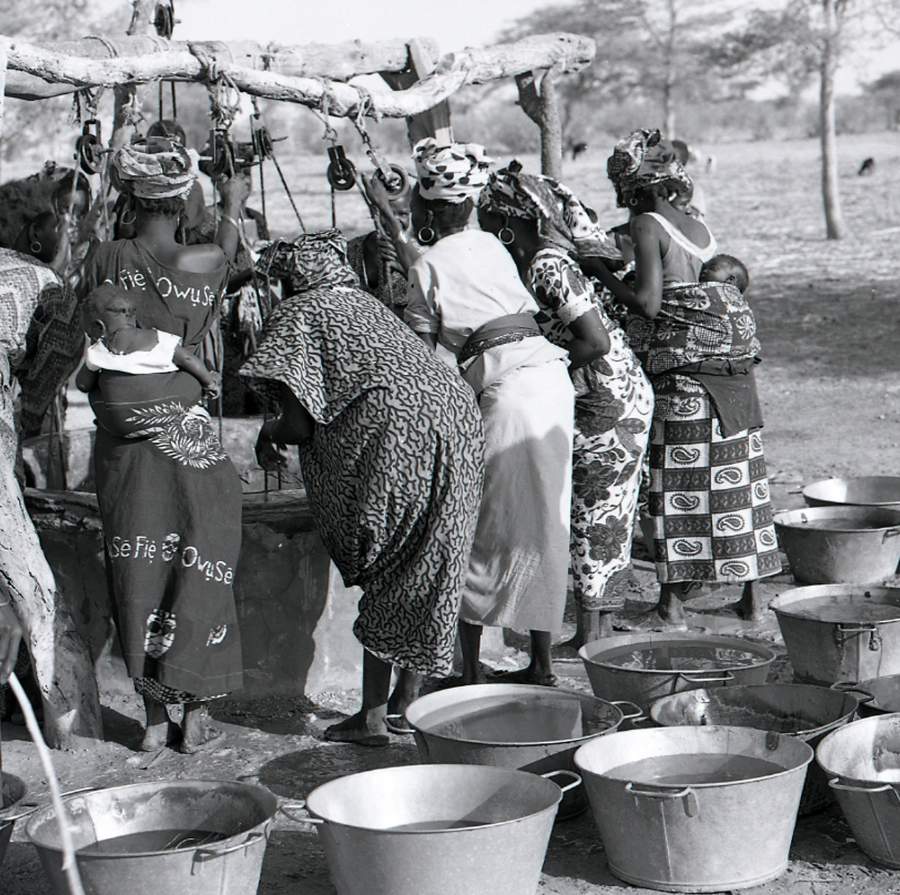The campaigns and journeys
Since the creation of the original museums that eventually became the Museu Etnològic i de Cultures del Món, there have been various collection campaigns and expeditions. These have covered everything from Catalonia and the Iberian Peninsula to the other four continents on the planet. Barcelona City Council managed to increase the collection, by funding ethnological-anthropological campaigns and expeditions to various locations in the Pyrenees, in Catalonia and other places in the Iberian Peninsula, as well as in Africa, the Americas, Asia and Oceania. A series of campaigns and expeditions planned by the museum.
These journeys were planned using a methodology based on fieldwork in the place of collection and the direct study of data, testimonies, photographic and audiovisual documents and the collection of objects, all of which were documented in field notebooks.
Therefore, since the second half of the 20th century, there have been acquisition campaigns funded by Barcelona City Council, some dedicated to Catalan and Peninsular culture, in its Pyrenean variant, with researchers such as Ramon Violant, Joan Amades and the photographer Claudio Gómez Grau, and others dedicated to general ethnology, carried out by August Panyella, Albert Folch, Eudald Serra, Zeferina Amil, Tomàs Carreras, Margarita Corachán, Joan Elias and Jordi Sabater, in the rest of the world.
The orientation of the expeditions and campaigns was marked by the double origin of what is now the Museu Etnològic i de Cultures del Món. The European campaigns centred on the Iberian Peninsula came from a long folklorist and scientific tradition that was defined in the Museu d’Indústries i Arts Populars (1942). Meanwhile, the Museu Etnològic i Colonial (1948), first focused on the former Spanish colonies. However, as the institutional and political parameters of the City of Barcelona changed, its perspective was broadened to include the cultural diversity of other continents, a process which modified its name, until it eventually became the Museu Etnològic de Barcelona.
These two museums finally merged into the current Museu Etnològic i de Cultures del Món. As a result of the merger of those two original museums, the materials from very different campaigns were brought together, containing testimonies from all five continents.
Europa
The expeditions and campaigns that provided European materials have precedents in Catalan folklore, especially in the work of the Ethnographic and Folklore Archive of Catalonia.
Interest in the material culture and traditions of a rural society that was quickly being transformed by industrialisation and mechanisation was a shared concern in many European countries. Due to this situation, various initiatives dedicated to folklore were promoted in the 19th century and the beginning of the 20th century, along with others of a scientific and ethnographic nature. However, as in other European countries, the campaigns were initially focused on rural society and the rural world, considered to be more primitive and closer to home.
In this context, some ethnographic materials were collected, although it was not until 1940, with the impulse provided by the Museu d’Indústries i Arts Populars, inaugurated in 1942, that Agustí Duran i Sanpere, the museum's director, commissioned Ramon Violant and Joan Amades to carry out successive acquisition campaigns focusing on Catalan and Peninsular culture, in its Pyrenean variant.
Catalonia, the Region of Valencia, the Balearic Islands, Aragon, Navarre and the Basque Country
-
1940 - 1955
From 1940, two years before the inauguration, until 1955, Ramon Violant acquired over 4,000 objects in campaigns throughout Catalonia, the Region of Valencia, the Balearic Islands, Aragon, Navarre and the Basque Country.
-
1946-1957
Joan Amades documented various festivals, dances, processions and gatherings in Montserrat, Verges, Sant Feliu de Pallerols, Berga, Vilanova i la Geltrú, Sitges, Vilafranca del Penedès, Prats de Lluçanès, Granollers, Mataró, Sant Privat d’en Bas, Reus, Lloret de Mar, Olot, Tarragona, Pina (Mallorca), Monistrol de Montserrat and Valls, among many other places, and commissioned photographic reports that created an archive with over 700 photographs. During this period, in some of the campaigns, objects were also collected for the museum.
-
1960-1961
In 1960, August Panyella carried out collection campaigns in the Iberian Peninsula, specifically in the province of Cuenca, and in 1961, in Salamanca.

Rest of the World
The initial campaigns of the Museu Etnològic i Colonial (1948) were influenced by political and institutional pressure from the Franco regime to showcase the Spanish colonies, in a museological tradition that had been prevalent in imperial metropoles since the middle of the 19th century. Over time, this orientation changed and began opening up to a wider, international perspective, which corresponded to the predominant interests of Barcelona's municipal authority to position the city in a more international context. This situation gave rise to a series of expeditions and travels that account for most of the non-European collections in the present-day MUEC.
Africa
-
1952 - 1956. Morocco
There were three expeditions to Morocco; at that time, the northern part of the country was a Spanish protectorate. Those expeditions were led by the museum's director, August Panyella, with advice from the sculptor Eudald Serra. The expeditions served to increase the museum's collection and as a testing ground for later, more ambitious expeditions.
-
1957 - 1959. Guinea
Four campaigns were carried out in Guinea, with the collaboration of the ethnologist Sabater Pi. Objects of great interest were acquired during these expeditions, along with a complete documentation that formed the basis for various later expeditions.
-
1967 - 1970. North Africa
Panyella and Serra took part in new expeditions.
-
1974. Ethiopia
Panyella and Serra took part in a new expedition to Africa.
-
1975. Senegal
A new expedition by Panyella and Serra.
Asia
-
1957. Japó
Eudald Serra travelled to Japan for the first time. This trip was used for collecting pieces and for preparing future visits.
-
1959. Japan and India
Eudald Serra returned to Japan and India in the company of the collector Albert Folch, who helped to finance the trip.
-
1960. Nepal
This was the first expedition made by a Spanish museum to the Himalayas. Among other objects, they obtained parts of buildings, such as carved wooden buttresses and a large 17th century window.
-
1961, 1964, 1968. Japan
Eudald Serra returned to Japan with Panyella three more times. The result was the acquisition of important pieces to complete a collection that is among the best in Europe, in terms of popular Japanese art and the Mingei movement of the 20th century.
-
1967. India
Panyella, Serra and Folch returned to India, where they acquired notable sculptures and stelas with reliefs of the divinity Vishnu.
-
1975 - 1976. Philippines and Indonesia
The Folch Foundation carried out campaigns in the Philippines and in Indonesia, with the participation of Folch and Serra, and the donation of major pieces to municipal collections.
America
-
1963 - Peru
This was a major, newsworthy mountaineering expedition during which Panyella, Serra and Folch followed a parallel route to the mountaineers, but without climbing mountains. They acquired a series of objects, including some from the Nazca culture.
-
1965 - Central America
On this trip, Panyella and Serra collected outstanding pieces and very interesting ethnological documents.
Oceania
-
1964 - Australia and New Guinea
On this trip, made on a municipal budget, Folch and Serra acquired an outstanding collection of bark paintings.
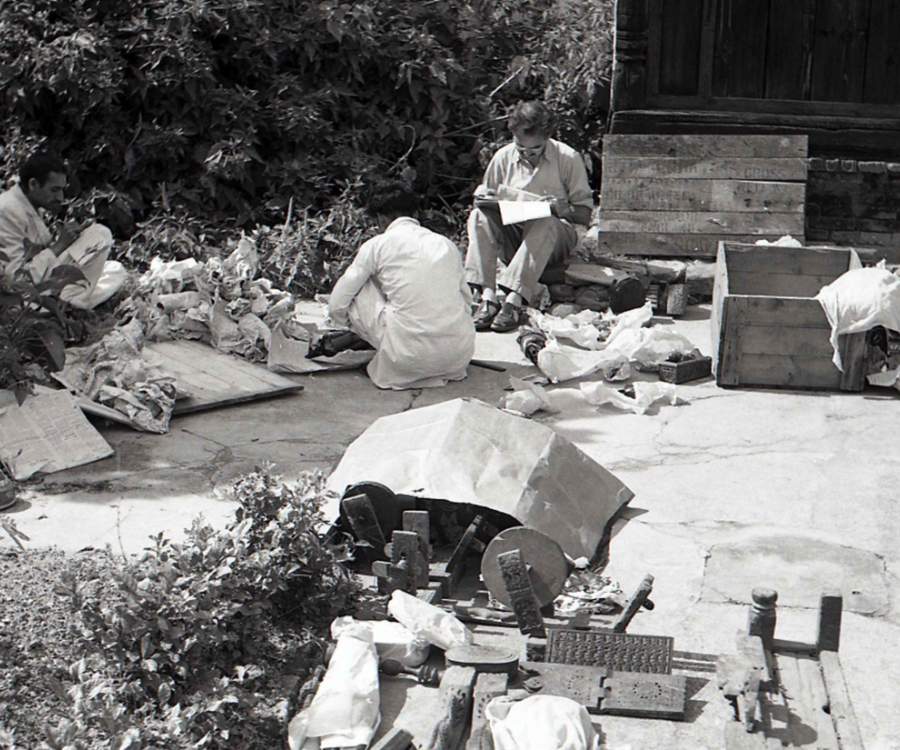
Origin of the collections
The Museu Etnològic i de Cultures del Món's collections are made up of a wide range of origins, materials and uses.
Find out about the origins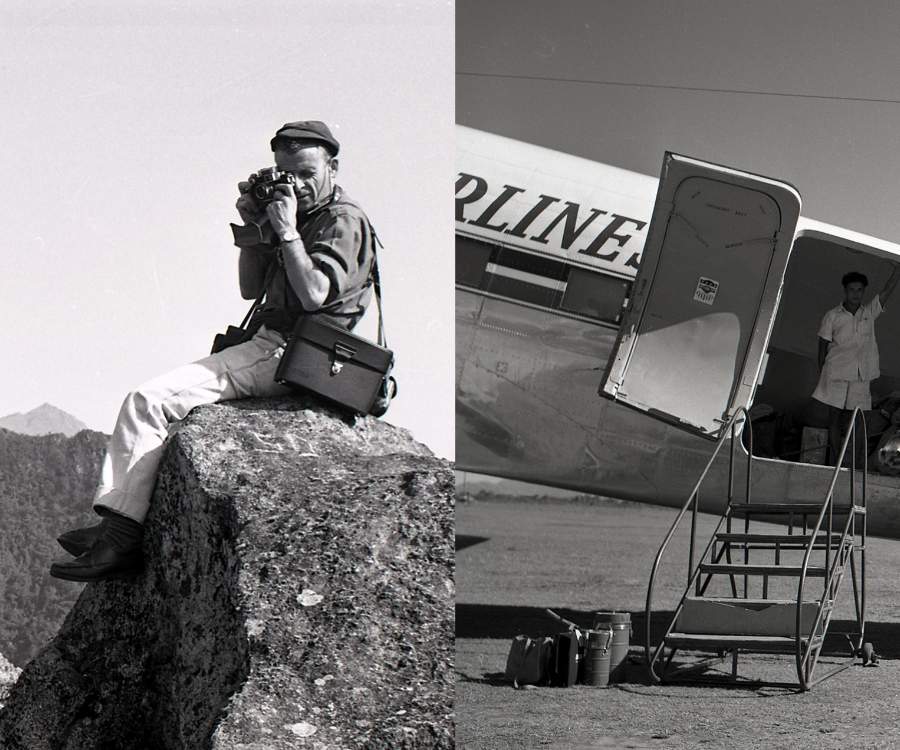
Protagonists
The main origin of the collections are the ethno-anthropological campaigns and expeditions carried out until the 1960s, by both museum personnel and other individuals linked to the institution, such as the sculptor Eudald Serra and the collector Albert Folch.
Meet the protagonists





